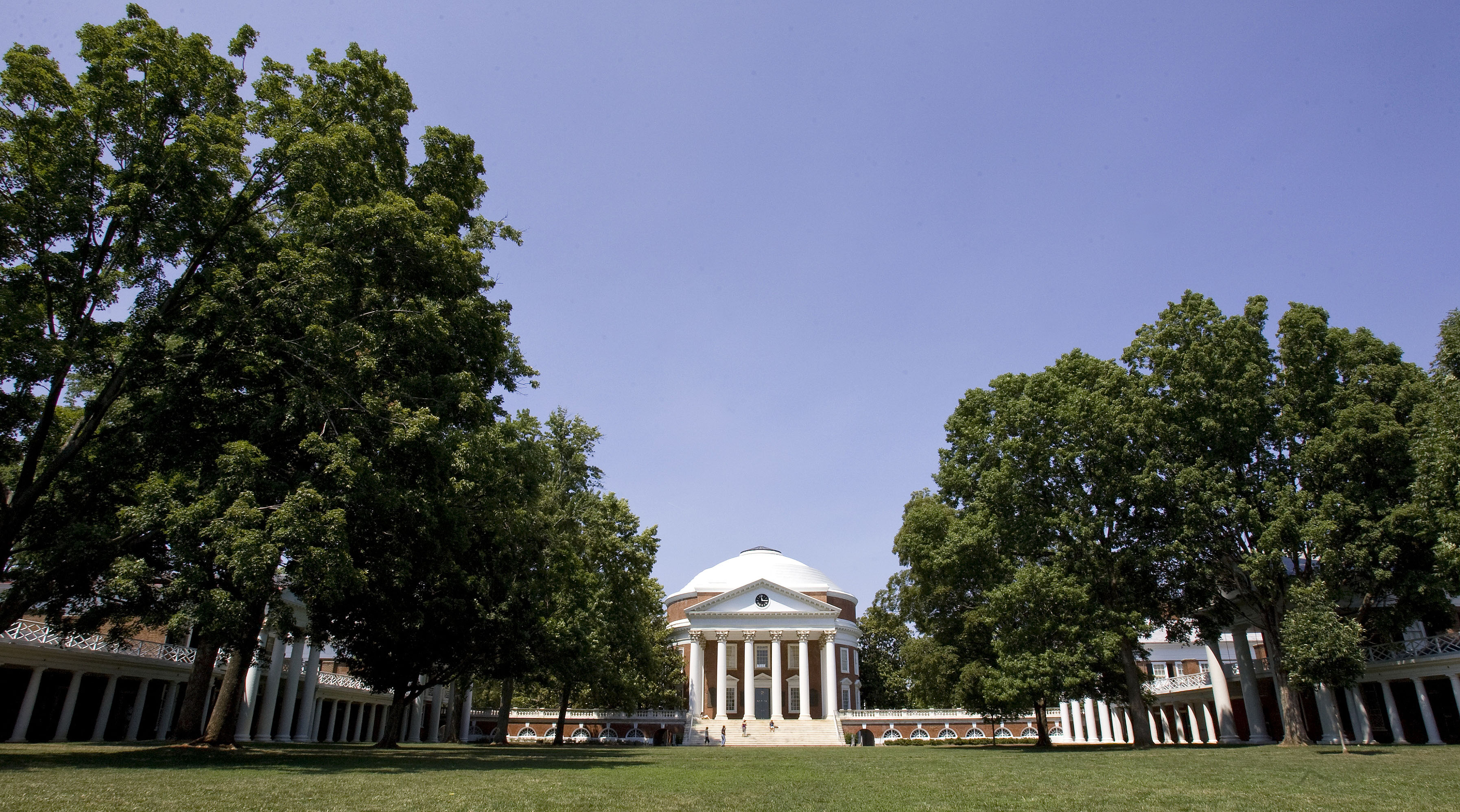In one of the sadder rituals of summer, the University of Virginia’s landscaping crews are set to remove trees that did not survive the winter.
Among the trees slated for removal this summer are a large oak tree in front of Gilmer Hall, an oak on the corner of McCormick Road and Hancock Drive, a sweet gum tree on the west end of the Lambeth Colonnades, an oak along Carr’s Hill Road behind Delta Kappa and Sigma Nu fraternities and an ash tree on the Lawn.
“We have been monitoring the health of these trees for a number of years,” said Richard Hopkins, landscape superintendent at Facilities Management. “We have decided that they have declined to the point that they could present a risk to people around them.”
Also on the list are two dead sugar maples trees on the Lawn. Hopkins said he does not know what caused their demise.
“They set buds in the fall, but they never opened in the spring,” he said.
After the trees have been removed, Hopkins said the stumps would be ground up and the area around where they had been will be re-sodded.
“We have to re-sod parts of the Lawn after the graduation ramps are taken up.” Hopkins said.
The ash tree on the Lawn has been fading for several years, Hopkins said. He suspects a girdling root, one that has wrapped itself around the other roots of the tree over the years and is slowly strangling it.
Landscapers have been monitoring the ash trees closely because of the potential infestation of emerald ash borers, a bright green beetle that is blamed for the deaths of millions of ash trees in the United States. The beetle, which originated in Asia, is an invasive species.
U.Va. landscapers are using emamectin benzoate, a pesticide registered under the name “Tree-age” (think "triage"), to inoculate the University's ash trees to prevent an infestation of the borer. The treatments, which are conducted every other year, will not prevent the borer from infesting a tree, but it may help the tree fend off the predator longer.
Hopkins said the ash that is being removed is not infected with the borer, but that removing the weakened tree from the Lawn will help keep the other trees healthy.
“As the tree weakens, it becomes a beacon to predators,” Hopkins said. “Keeping the trees healthy improves their chances of surviving.”
Several trees were damaged during a late-winter storm that deposited heavy, wet snow on the branches, but Hopkins said the pruning crews kept up with the damage at the time and all of those trees were removed shortly after the storm. He said several severely damaged evergreens had to be cut down. On other trees, damaged limbs were removed.
The trees that being cut down this summer will be replaced during the winter, many with the same variety.
The Lawn is a mixture of deciduous trees, about 80 percent ash interspersed with maple trees, while the trees on the West Range, along McCormick Road, are predominantly ash.
Media Contact
Article Information
May 24, 2013
/content/landscapers-thin-out-universitys-tree-population

